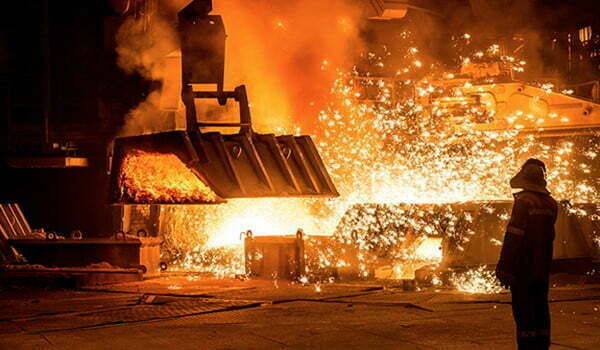Introduction
RTDs are temperature sensing devices that are used to measure temperature in various industrial and laboratory applications. They work on the principle of electrical resistance, where the resistance of a material changes with temperature. RTDs are highly accurate and precise, making them the preferred choice for temperature measurement in critical applications.
What is an RTD?
An RTD is a temperature sensing device that consists of a wire wound around a core. The core can be made of various materials, including platinum, nickel, or copper. The wire is usually made of the same material as the core and is wound in a specific pattern to form the RTD. The resistance of the wire changes with temperature, allowing for accurate temperature measurement.
How does an RTD work?
RTDs work on the principle of electrical resistance. The resistance of the wire in an RTD changes with temperature. This change in resistance is proportional to the change in temperature. By measuring the resistance of the RTD, it is possible to determine the temperature of the device.
Types of RTDs
There are two main types of RTDs: linear and non-linear. Linear RTDs have a straight line relationship between resistance and temperature, while non-linear RTDs have a more complex relationship.
The most common type of RTD is the platinum RTD. Platinum RTDs are linear and have a high level of accuracy and stability. They are commonly used in industrial and laboratory applications.
Advantages of RTDs
RTDs have several advantages over other temperature sensing devices. They are highly accurate and precise, making them the preferred choice for critical temperature measurement applications. RTDs also have a wide temperature range and can be used in a variety of environments, from high temperature industrial processes to low temperature laboratory experiments.
RTDs are also durable and have a long lifespan. This makes them a cost-effective option for temperature measurement over time.
Applications of RTDs
RTDs are used in a variety of applications, including:
- Industrial processes
- Power plants
- Refineries
- Chemical plants
- Laboratories
- Food and beverage processing
- Medical equipment
RTDs are also commonly used in control systems, where they provide a signal to control temperature-related processes.
RTD VS Thermocouple
RTDs and thermocouples are two common temperature sensing devices. While RTDs are highly accurate and precise, they are also more expensive than thermocouples. Thermocouples are less accurate but are more affordable and have a wider temperature range.
The choice between an RTD and a thermocouple will depend on the specific application and the required level of accuracy. For critical temperature measurement applications, an RTD is usually the preferred choice. For less critical applications, a thermocouple may be sufficient.
Conclusion
Resistance Temperature Detectors (RTDs) are highly accurate and precise temperature sensing devices that are used in a variety of industrial and laboratory applications. They work on the principle of electrical resistance, where the resistance of the wire in the RTD changes with temperature. RTDs have several advantages, including a wide temperature range, high accuracy, and durability. They are commonly used in industrial processes, power plants, laboratories, and medical equipment.
FAQ
- What is the principle of RTDs?
RTDs work on the principle of electrical resistance, where the resistance of the wire in the RTD changes with temperature.
- What is the most common type of RTD?
The most common type of RTD is the platinum RTD, which is linear and highly accurate.
- Are RTDs more accurate than thermocouples?
Yes, RTDs are more accurate than thermocouples, but they are also more expensive.
- What is the lifespan of an RTD?
RTDs have a long lifespan, making them a cost-effective option for temperature measurement over time.
- What are some common applications of RTDs?
Common applications of RTDs include industrial processes, power plants, laboratories, and medical equipment. They are also used in control systems to provide a signal to control temperature-related processes.

